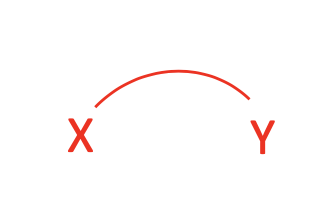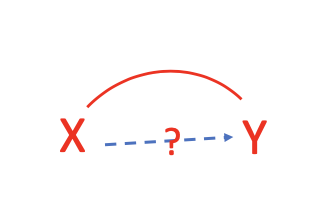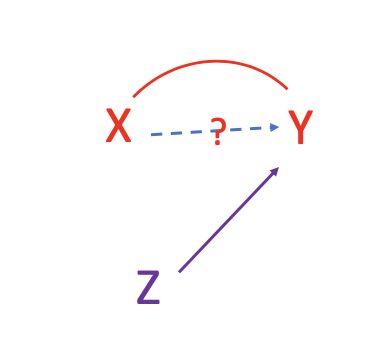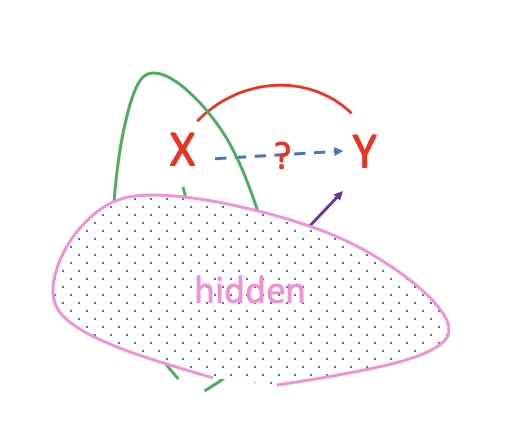Statistics&Probability: Confounding
Statistics&Probability: Confounding
Confounding
When we study association, we should understand that:
association ≠ causation
Association never equals causation, no matter how strong the association it is.
Association is symmetric between two variables X and Y. For example, if you find a strong association between watching television and live longer, it could be the other way around. That if you live longer, you tend to watch more television. However, causation is symmetric.
Suppose we know that there is a strong association between variable X and Y, i.e., X~Y. Let’s consider different scenarios of this association:
scenario 1:
Xcauses variation inY(Xhas a causal effect onY,XandYhave a cause-effect relation), i.e.,X->Y. For example, smoking causes cancer.scenario 2: We have a third variable
Zthat causes variation in bothXandY. For example,Zcan be the size of a fire, andYis the damages caused by the fire, and theXis number all firefighters at the scene of the fire.
1 | X ~ Y |
- scenario 3: We have
XandY. We observe association betweenXandY:

And we sort of suspected that there might be a causation here. Therefore, there is a question mark whether you want to establish causation here:

There is a third variable Z that also potentially causes variation in Y:

At the same time X and Z are associated – they are mixed together:

This is called a confounding scenario, where X and Z are associated with each other and they both pretend to have an effect on Y, because they are associated it would be very hard for us to separate the effects.
To make things worse, when Z becomes a hidden confounder, the effect of Z cannot be established using observed data:

In this case, we can only observe the association between X and Y, but in fact, some of the association can come from Z, because Z and X associated.
One of the phenomena observed when confounding occurs is called the Simpson's paradox.
Establish Cause-effect Relation
How to establish cause-effect relation between two variables? For example, how do we know smoking causes cancer? The most ideal way is to use randomized experiment, such as A/B testing and double blinded experiment.
A/B testing
In A/B testing, we have an experiment with one treatment group A and one control group, B.
And we randomly assign individuals to two groups, and to see whether they exhibit different values in the outcome of interest. The control group is used to:
- Create comparison
- Control
placebo effect
In medical studies, if we gave the treatment group the new medication and give nothing to the people in the control group, the placebo effect may become the hidden confounder. Because the treatment group and the control group differ in two ways.
They differ in the medication received. The group received some new medication. The control received nothing, no medication.
They also differ in the mechanism of the study. One were given a pill or a treatment, and the other received nothing of the similar nature.
Therefore, there are two variables here. And we need create placebo for the control group, such as a sugar pill.
double blinded experiment
In double blinded experiment, each individual do not know which group(treatment group or control group) he/she is assigned. And the people who evaluate the result of the experiment is also blinded, they do not know which group they are evaluated.
The reason for that is knowledge about the group assignments may effect individual reaction to the treatment, and it would also impact the researchers when they evaluate the results from the experiment. Whenever possible we want to keep the experiment double blinded, so to remove potential hidden confounder effects.